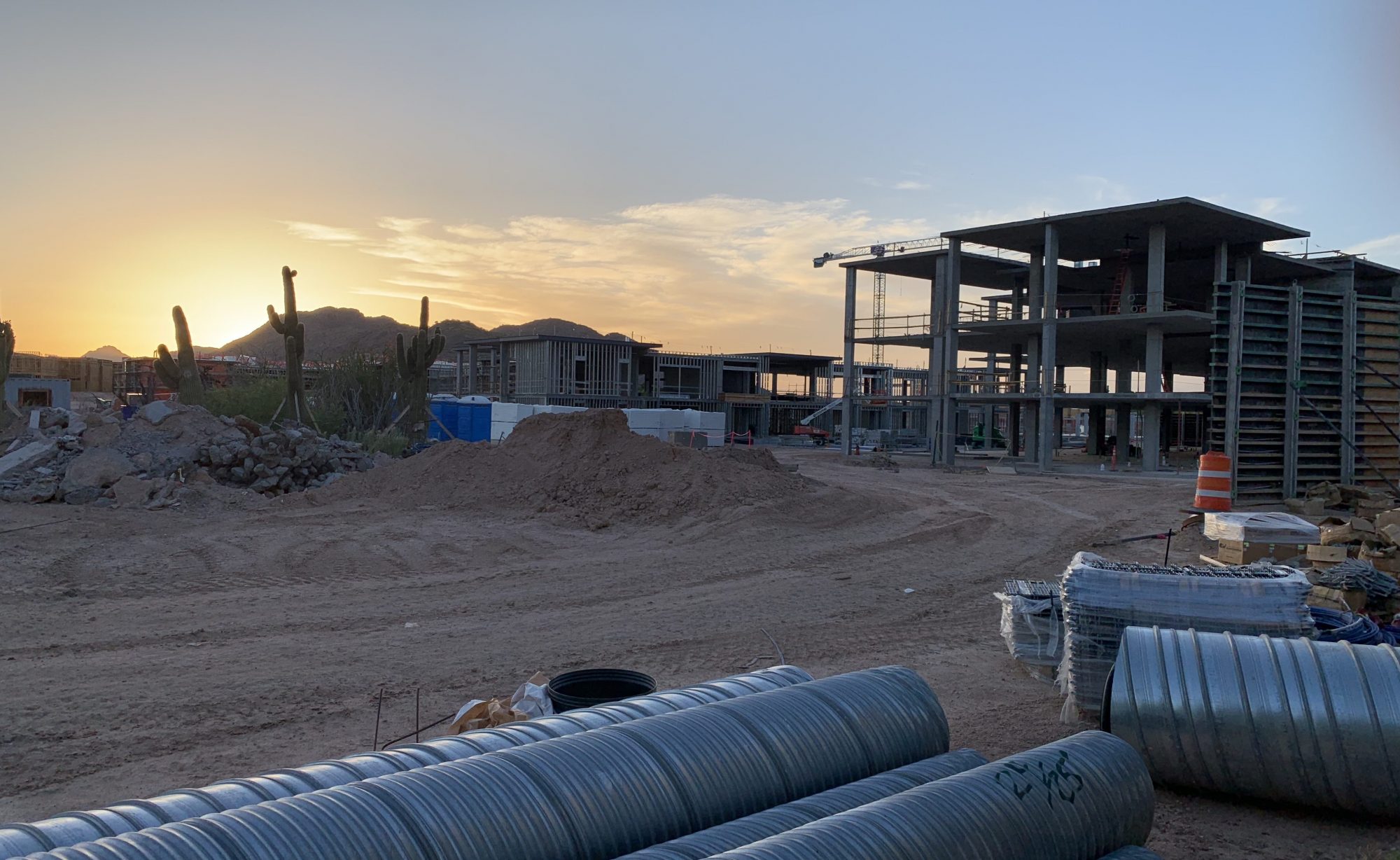 Arizona Revised Statutes §§ 33-729 and 33-814 are commonly referred to as Arizona’s “anti-deficiency statutes.” In certain circumstances they prevent a lender from pursuing a borrower for a deficiency when, through a foreclosure or trustee’s sale, a property is sold for less than the amount owed to the lender. Specifically, borrowers have been exempt from deficiency judgments so long as the following criteria are met:
Arizona Revised Statutes §§ 33-729 and 33-814 are commonly referred to as Arizona’s “anti-deficiency statutes.” In certain circumstances they prevent a lender from pursuing a borrower for a deficiency when, through a foreclosure or trustee’s sale, a property is sold for less than the amount owed to the lender. Specifically, borrowers have been exempt from deficiency judgments so long as the following criteria are met:
1) the property in question is 2.5 acres or less;
2) the property is limited to and utilized as a single or two family dwelling; and
3) in some circumstances, the loan was used to pay some or the entire purchase price of the property.
The identity of the borrower has not, however, factored into the application of the statute. In other words, Arizona’s anti-deficiency statutes applied with equal force whether the borrower was a family intending to occupy the property or a speculative home builder looking to sell the property. As a result, these statutes have traditionally made Arizona a favorite location for real estate investors and spec home builders.
But this will change when amended versions of the anti-deficiency statutes go into effect on January 1, 2015. These amendments are the result of House Bill 2018, which was signed by Governor Brewer in April 2014. The Bill revises both §§ 33-729 and 33-814 so that they weaken the protection provided to (1) spec or custom home builders that obtain loans to construct new homes, and (2) individuals who build – rather than buy – their home. In particular, these new laws provide that anti-deficiency protection will not apply to mortgages and deeds of trust originating after December 31, 2014 for property that:
1) is “owned by a person…engaged in the business of constructing and selling dwellings that was acquired…in the course of that business and that is subject to a mortgage or deed of trust given to secure payment of a loan for construction of a dwelling on the property for sale to another person;”
2) “contains a dwelling that was never substantially completed;” and
3) “contains a dwelling that is intended to be utilized as a dwelling but is never actually utilized as a dwelling.”
It should be noted that, while these changes will affect developers and those constructing their home, they will not affect those who buy existing homes.
